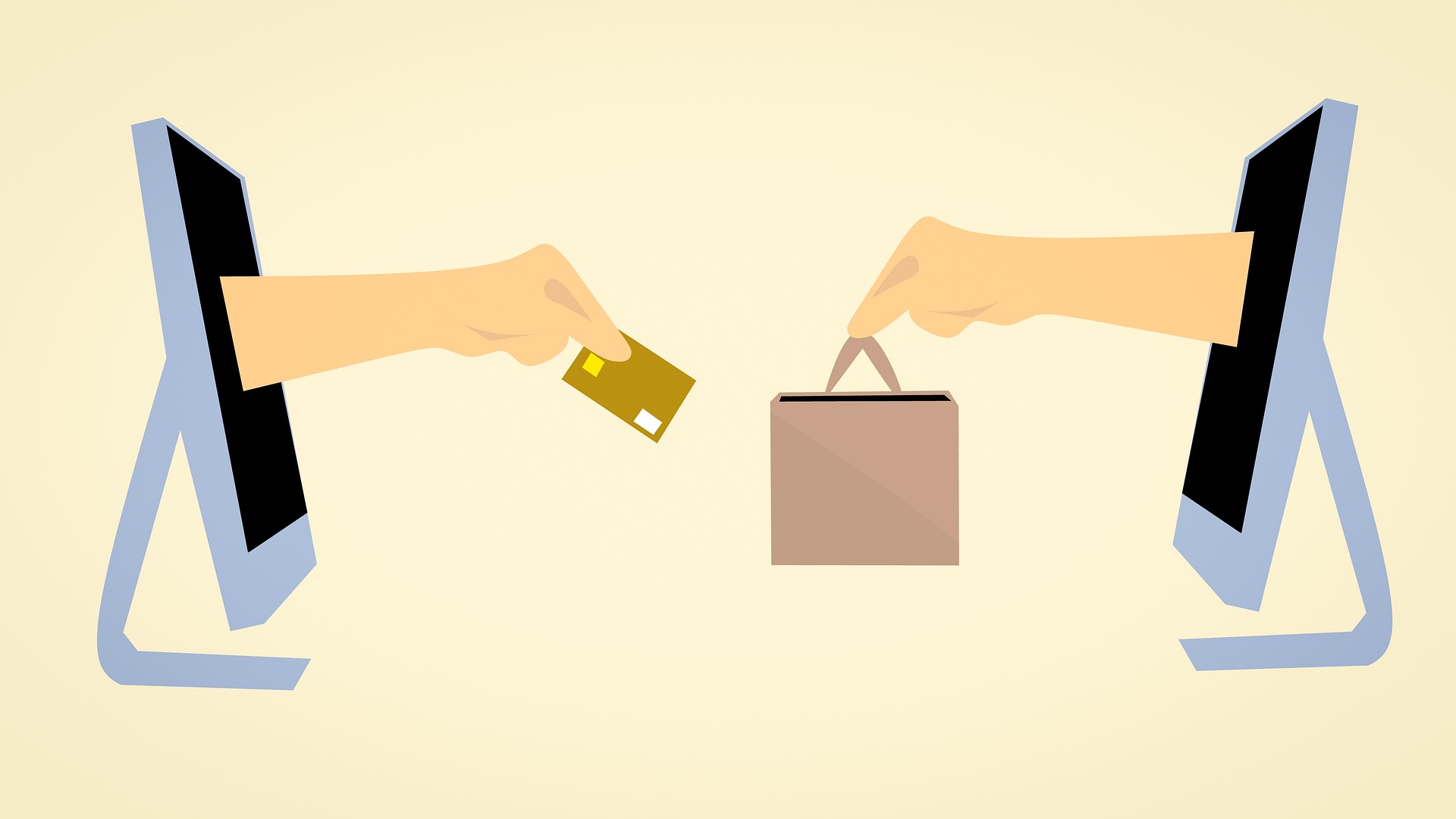The digital age is upon us. HMRC is planning a total digital switchover which is set to be rolled out from April 2019. For some, this isn’t anything new – Making Tax Digital (MTD) has been in the public domain for a good while now.

More and more people are submitting their Self-Assessment tax returns online than ever before, and last year, 89% were submitted online. Many taxpayers are now exploring online solutions for the first time, if that includes you, here Simple Books explain why you should get started sooner rather than later.
Submitting online? Don’t delay!
As the 31st January deadline is looming, it’s wise to start your self-assessment tax return now – over 513,000 returns were completed on the 29th January last year, totaling more than 21,000 every hour. At this time HMRC’s servers and phone lines are hammered and those leaving their submission to the last minute can suffer from a slower, even more stressful experience.
Calculating your return requires a clear understanding of your income and expenses, and what allowances you are entitled to, which can change on a yearly basis.
All of this is so much easier if you ditch the spreadsheets and paper and make the switch to digital bookkeeping solutions, which can automatically flag up allowable expenses, so you can make full use of the tax breaks you’re entitled to. HMRC recognised software are updated regularly with the latest legislation changes, meaning you don’t need to consult a tax expert or an accountant.
Why bring your bookkeeping into the cloud?
Any business earning over £85,000 per annum will have to go digital, whether they like it or not by April 2019. Initially MTD will accommodate VAT tax returns and online submissions will be compulsory. This will then be extended to include self-assessment and other tax returns for businesses in this revenue bracket in 2020.
Embrace efficiency – even before the implementation of Making Tax Digital, keeping receipts, folders, spreadsheets and paper records are far less efficient for calculating an accurate sum of your tax liability. As HMRC plans to phase out its own online tax calculator, the availability of an increasing number of third-party software tools make it easy to go digital.
Some of the best software even lets you take images of receipts and invoices, erasing the need for keeping paper receipts altogether. Some are as simple as taking a picture so you will have your image stored in your tax return and the amounts updating your tax liability in real-time. There’s no need to worry about lost receipts, because they are all stored in the cloud, all accessible if and when required.
As cloud functionality isn’t bound to a single piece of hardware, it can be reached from a laptop, PC, mobile or tablet, all that is required to gain access to your account is a web browser and a secure internet connection.
There will be a huge transformation of the UK’s tax landscape over the next couple of years. While VAT-registered businesses are the first to be affected by Making Tax Digital, every business and self-assessor should be making the leap now to digital tax software.


Follow Company Bug